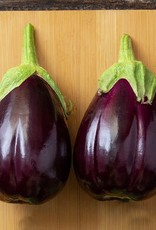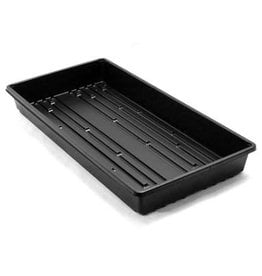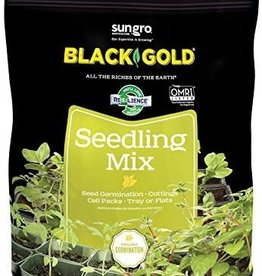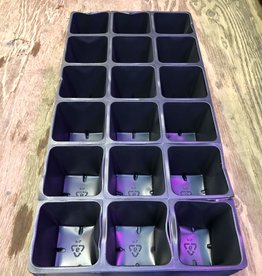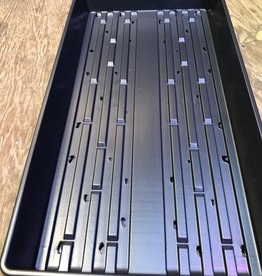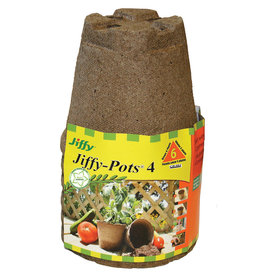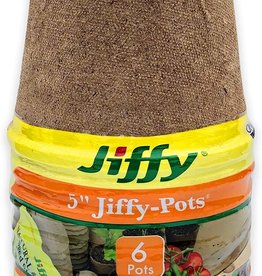HM Black Beauty Eggplant 1/64 OZ
| Availability: | In stock (10) |
Photos and Description credit: High Mowing Seeds
Days to Maturity: 65 days
Classic Italian eggplant with high yields and no spines.
Blocky, nearly black bell-shaped fruits have a slight signature ribbing. Medium to thick skin is deep purple and glossy when mature. Compact plants benefit from staking to support heavy yields of large fruit.
- Productive
- Classic shape
- 5-6" fruit
5,500-7,500 seeds/oz (6,500 avg). M=1,000
Seeding Rate
7,260 plants/acre using 24” plant spacing in 24” double rows with 6’ centers.
Cultural Info
Eggplant (Solanum melongena) is a warm season tender annual in the Solanaceae family which includes peppers, tomatoes, tomatillos, potatoes and ground cherries. Eggplant types include the familiar Italian type and the long and slender Asian type with a thinner skin that doesn’t need to be peeled. Colors range from deep purple to blushing lavender to stripes of orange and green.
Soil Nutrients and Requirements
Deep well drained sandy loam with pH 6.5-6.8 is best. Eggplants are heavy feeders. Plants are sensitive to nitrogen; if over fertilized, they will grow excessive foliage and produce less fruit. Use a high phosphorous starter..
Seeding Depth
¼”
Plant Spacing
18-24”
Row Spacing
30-36” or 24” double rows on beds with 4-6’ centers.
When to Sow
Sow seeds indoors 8-12 weeks before last frost date. Optimal soil temperature for germination is 85°F. Seeds can be sown thickly into flats and then planted into cell trays or containers after true leaves appear. Plant outdoors when daytime temperatures are at least 65°F and night time temperatures are above 50°F. Plastic mulch and floating row cover may be used to increase soil and air temperatures and ward off insects.
Harvest
Harvest eggplants when skin is glossy and thumbprint will not leave an impression, if seeds are brown fruit is over-ripe. Regular harvest increases production of fruit.
Storage
Store at 50-55ºF and 90% relative humidity. Will keep quality for up to one week.
Pest Info
- Frequent scouting for Colorado Potato Beetles is recommended as both adults and larvae can quickly defoliate plants. Crop rotation, control of solanaceous weeds, barrier trenches between old and new plantings, trap cropping, use of straw mulch or row cover can delay or reduce CPB pressure.
- If plants are flowering but failing to set fruit, the culprit (at least in northern regions) is likely to be the tarnished plant bug, which particularly appreciates the sap of eggplant and pepper flowers. Consider planting under row cover, or where this is impractical, using a spray containing one or more of the following: Beauveria bassiana (see Naturalis™ in the Supplies section) pyrethrum, neem oil, or an insecticidal soap.
- Row cover is also effective against flea beetles, which eat small holes in the leaves and can be particularly damaging to young seedlings. Under light insect pressure and good growing conditions, strong plants usually outgrow the damage.
Disease Info
- In soils containing the Verticillium wilt fungi (Verticillium albo-atrum and Verticillium dahliae), long crop rotations must be practiced to reduce severity of the disease. Avoid soils that have grown peppers, tomatoes and strawberries. Disease starts with yellow blotches appearing on the leaves, which then wilt and drop off, exposing the fruit to sunburn.
- White mold (Sclerotina sclerotiorum) is a fungal disease which produces water-soaked lesions on the fruit and causes rotting of stem. Entire branches of the plant will wilt and then die. White mold is typically found in areas of poor drainage. Prevention includes increasing plant spacing to promote good air flow and improving the soil’s capacity to absorb water through raised beds or building organic matter over time.


